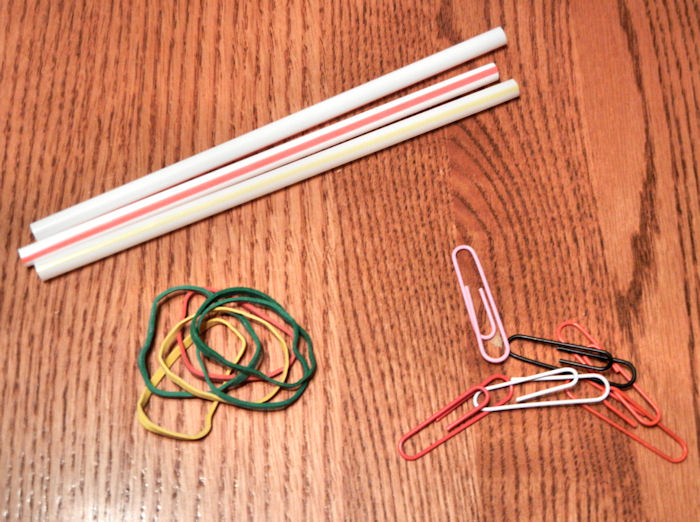I’ve been an absentee blogger for a couple of weeks, I confess, because I’ve been involved in creative or creativity-promoting endeavors, in addition to getting ready for the holidays. If decorating for the holidays can be counted as a form of creativity, then I guess that’s one more creative activity that has been on my plate! Two craft shows, one very successful and the other decidedly less so, are behind me, as well as two conferences at which my husband and I promoted the Destination Imagination program in Iowa. This program, by the way, focuses on the process of teaching creative thinking, from imagination to innovation, for young people from primary age through college and university age.
Yesterday I spent the entire day running a Destination Imagination facilitator workshop, which was both an emotionally exhilarating and a physically draining experience, the latter because I don’t normally spend all day on my feet.. We hosted a small but very energetic group of adults who were excited about learning how to be better Team Managers for their teams. We spent a lot of time, in particular, learning about the value of doing mini-challenges, short versions of on-the-spot problem-solving that the Destination Imagination program calls Instant Challenge. There are three types of Instant Challenges: performance-based, task-based and combination. Our group focused on task-based challenges and how to make materials work.
You might ask what learning how materials work has to do with creativity, and the answer is everything. Artists, engineers and scientists focus on the business of knowing the intended purposes of materials, and exploring alternative uses for them. On a small scale, Destination Imagination students do the same thing. Their materials could be straws, paper clips and rubber bands, but their real world counterparts are PVC pipe, cable wire and bungee cords. The program is predicated on the assumption that with practice, creative thinking is possible for everyone. I do believe, in fact, that the more you think sideways, the easier it becomes.
I chair a committee of Instant Challenge writers, all of whom are state Board members of a non-profit organization called Students for a Creative Iowa. This is the same organization that administrates Iowa’s Destination Imagination program. Every year we spend several months a year, writing practice Instant Challenges that we offer at a team workshop, and later post in our Instant Challenge Library. As we brainstorm ideas for Instant Challenges, we bounce these ideas off each other, and one Instant Challenge leads to another—an example of creative thinking becoming easier simply through practice! Anyone who is interested can download these challenges for free from the library. They are great to use in a classroom, an after-school program, a community group such as Scouts, or among homeschoolers.
Yesterday’s series of workshop mini-challenges involved solving a series of problems using items from a single pool of materials that grew smaller with each challenge. The materials included 10 plastic straws, 12 paper clips, 12 mailing labels, 10 toothpicks, 4 index cards, 5 sheets of 8-1/2 x 11-inch paper and 2 sheets of newspaper. Participants solved each challenge in six minutes or less. They built a lightweight tower that supported a ping pong ball, created a bridge that supported two ping pong balls, designed a path and propulsion system for a ping pong ball to roll into a cup without touching the ball itself, and developed a system to launch two ping pong balls down the length of a bridge they built without touching either the bridge or the balls. With each successful solution, everyone learned not only that there was no single solution that was the so-called correct answer, but also how to manipulate their materials in ways they were never designed to work. They also grew in confidence, a necessary component to taking risks, making discoveries, and developing creative solutions.
I like to think that the Destination Imagination program for which my husband and I volunteer is helping to develop the minds of young people who will be tomorrow’s creative problem-solvers, people who could be artists, engineers, scientists, entrepreneurs and more. I also like to think that that I am one of those problem-solvers, in my own corner of the world where I create and sell handmade goods on Etsy. Below are examples of creative thinking on that same Web site. If you click on the large photo, you’ll be taken to Etsy, where you can click on individual thumbnails. Hooray for creativity!

© 2012 Judy Nolan. All rights reserved.


Hi Judy,
Thank you very much for including me. I’m honored!!
What a great post!! And kudos for your work with Destination Imagination. I wish they’d had something like that when I was in school! I worry that with so much focus on math and reading — and “teaching to the test”– we’re shortchanging kids on art, creative thinking and problem-solving. Destination Imagination will help develop those skills.
Hi Judy,
Love what you do! Too bad I’m all the way on the east coast. I am also reeling from a couple of craft shows. This is my first year doing them, so they all haven’t been great successes. But, what a lot of work, a tough way to make a living! My first love is the workshops I do, basically teaching others how to make jewelry, cards etc from recycled materials.
Thank you for featuring me on your blog. Please check out my blog at annemadethis.blogspot.com
Anne
You’re right that the ideas that go into DI are the same we use to run our creative businesses. I love the creativity that goes into upcycled projects!
Sometimes I feel “blocked” like your last picture, but . . . when I start looking at all the materials, ideas come!
Sometimes a pile of miscellaneous can become miraculous. 😉